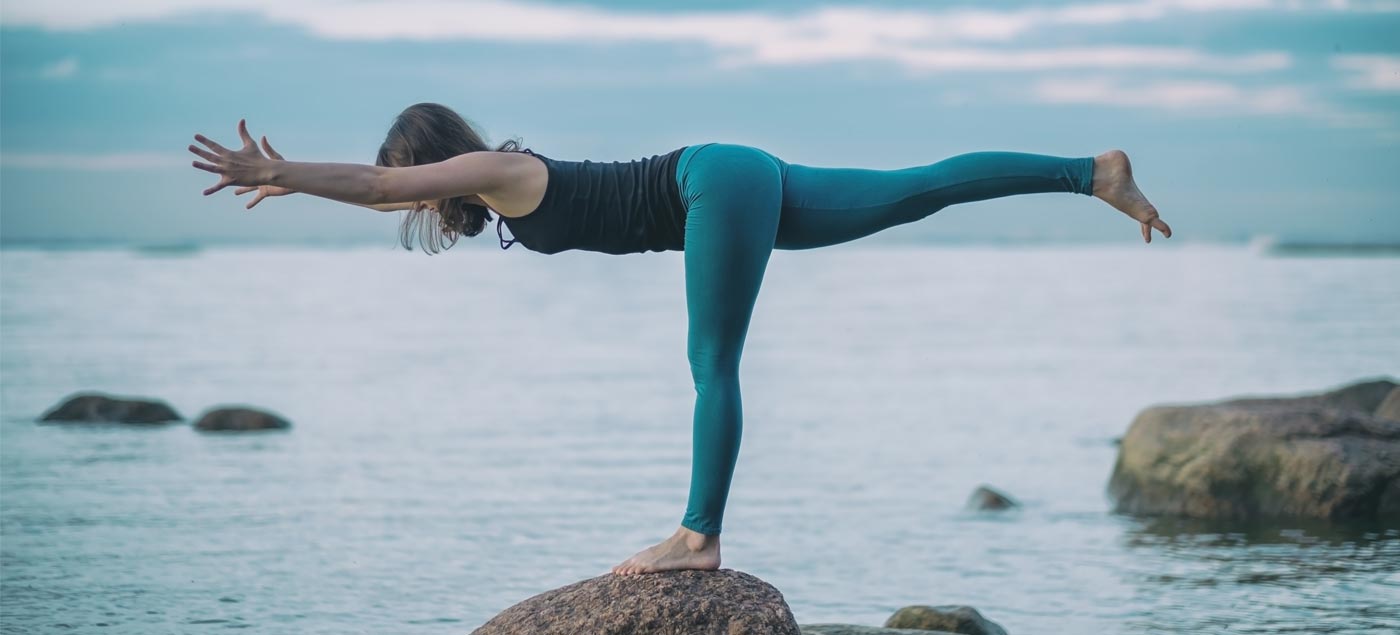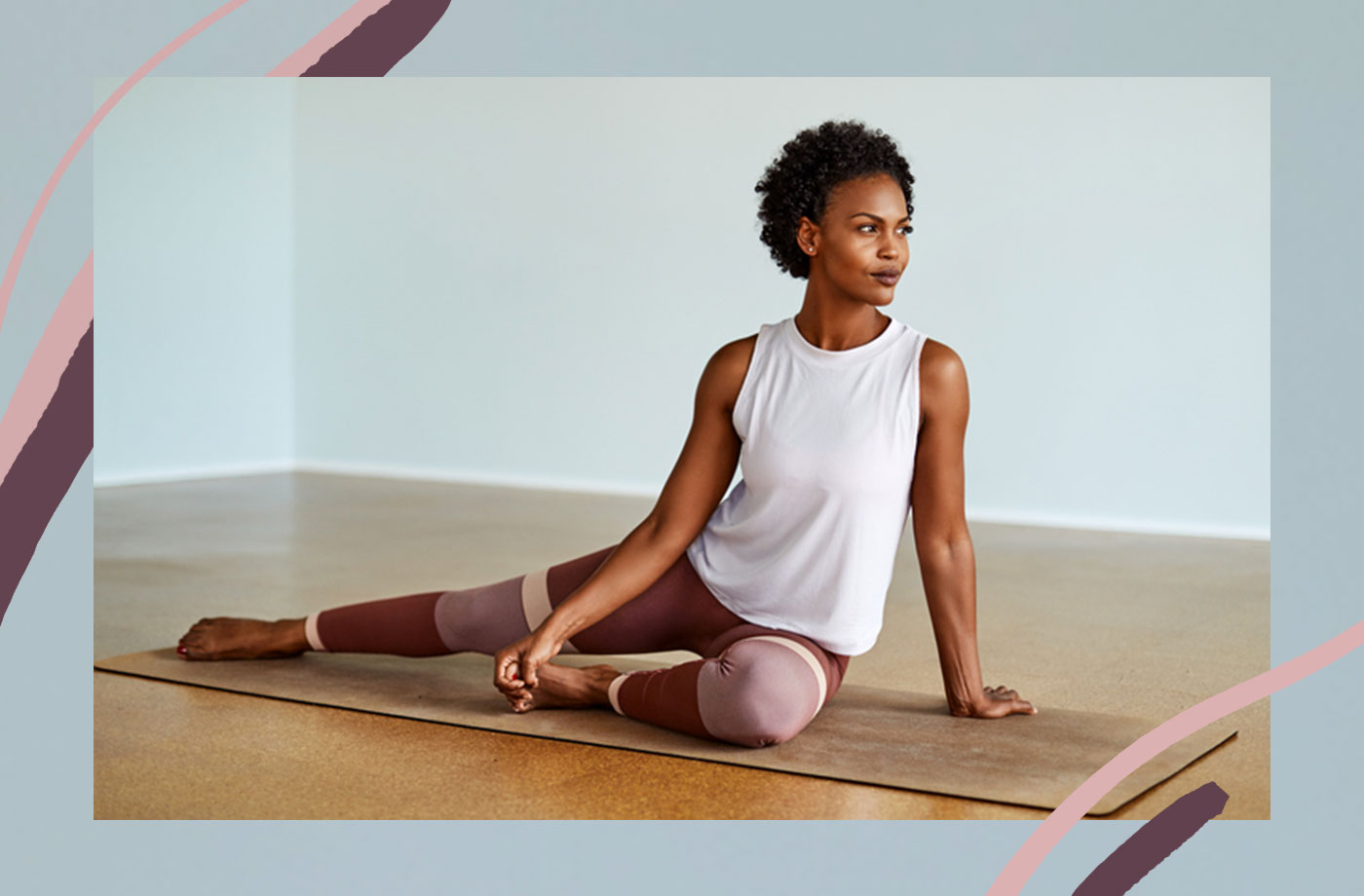
Yoga poses for anxiety may be an excellent way to reduce anxiety. These poses will help to calm your mind and increase your well-being. Some supplies are necessary before you can do any yoga poses to reduce anxiety. You will need a mat or blanket for yoga, an eye pillow, and small towels.
Child pose
The Child pose can be used to alleviate anxiety. The Child pose is where you are seated on your back with your arms out in front. You should then tilt your hips backward. Allow your shoulders to fall towards your ears and relax your upper body. If you find the Child pose uncomfortable, you can try modifying it by folding blankets underneath your knees.
Deep diaphragmatic, or deep breathing, is encouraged in Child's Pose. This encourages anxiety reduction. The pose is tight and requires more inhalation, which encourages deep breath.
Staff pose
The Staff Pose, a great posture for yoga that can be done anywhere, is a great one. It is easy to do and allows for better balance and posture. This can help with your posture and allow you to walk higher and more comfortably. Here's how to do it. The Staff Pose (also known as the Downward Dog) is a variant of the downward dog.

This pose is great for beginners or more experienced yoga practitioners. You can use a chair as a support, which will help to release tension and anxiety. This is a good pose to do if you have back pain or sciatica.
Forward bend
The forward bend, which activates the parasympathetic nerve system and helps release stress, is a great yoga position for anxiety. The downward facing dog is an example of this. You will bend forward and then spread your palms at the sides. Focus on your breath and hold the pose. Contrary to back bending poses, which activate the sympathetic nerve system and put your body into a state of alertness, These poses also increase blood flow.
Before you can practice forward fold anxiety yoga poses, it is important to feel comfortable. For a more comfortable forward fold, you can place your feet hip-width apart. Then evenly distribute your weight between your feet. Your hands can be placed inside your legs, or behind your head to help you balance. Slowly bring your foot up as you relax. If your hips and back feel tight or if you have tight hips, it is a good idea to rest your feet on the flooring or place a strap around your feet.
Garland pose
Garland pose can be used to reduce anxiety by opening the hips, legs and hips. It helps improve balance and digestion. It can also strengthen the back. Beginners should practice it with the help of a block under the hips. They should slow down and hold the pose for about a minute.
Garland pose, also known as Mountain Pose, is a meditative and restorative pose. This pose strengthens the lower spine and allows for more movement of the legs. For people who sit for a long time, this pose is recommended.

Supine Spinal Twist
One of the most relaxing yoga poses, the Supine Spinal Twist, can help you overcome anxiety and improve your mood. This position opens your spine and shoulders, relaxes, and massages your internal organs. It is great for relieving neck tension and back pain.
Start in a comfortable, seated position with your left foot outside of your right buttocks. Your right knee should be in front of you, and your left foot should be outside your right buttocks. Then, lift your left arm over your right knee, twisting to the right on the exhale. This position should be held for several minutes to allow your mind and body to relax.
FAQ
Do I require special equipment for yoga?
To practice yoga, you don't need to have any special equipment. However, some people may prefer specific props such a blanket, straps or blocks.
Check out our Yoga Equipment Guide if you're interested in purchasing these items. We prefer products made from natural materials to plastic.
What evidence does the research say about yoga for well-being?
Yoga has been found to improve mental well-being, reduce stress levels, and promote overall wellbeing. It helps people lose weight as well as maintain a healthy body Mass Index (BMI).
Yoga can help lower blood pressure and improve cardiovascular function.
These are only a few of the many benefits that yoga can bring.
The list goes on and on!
Is yoga safe?
Yes! Yes. Yoga is safe and low-risk. Talk to your doctor before you start a yoga program if there are any conditions or injuries.
There are many kinds of yoga.
Bikram yoga (Bikram heated) is the most well-known type of yoga. Other forms include Hatha, Ashtanga, Vinyasa, Iyengar, Kundalini, Yin, Power Yoga, Flow Yoga, Reiki, Pilates, Restorative, Aerial, etc.
Statistics
- Gentle yoga has been shown to ease some of the discomforts of tender, swollen joints for people with arthritis, according to a Johns Hopkins review of 11 recent studies. (hopkinsmedicine.org)
- A 2020 review of 27 studies (1,805 total participants) of yoga interventions in children or adolescents found reductions in anxiety or depression in 70 percent of the studies, with more promising results for anxiety. (nccih.nih.gov)
- In comparison, a 125-pound person is estimated to burn 135 calories in 30 minutes of walking (at a pace of 15-minute miles) and 210 calories bicycling at a moderate pace on a stationary bike. (everydayhealth.com)
- Lock in 25% off your Founding Member rate. (corepoweryoga.com)
- The American Psychological Association recently shared that 84% of American adults feel the impact of prolonged stress (5). (healthline.com)
External Links
How To
Can I do yoga during pregnancy?
Pregnancy can affect your ability to do certain poses safely. Before beginning a new exercise routine, it is advisable to consult your doctor.
There are many poses you could still do while pregnant. Here are some tips:
-
It is not a good idea to lift heavier than shoulder-level weights for pregnant women. Instead, use lightweight resistance bands or dumbbells.
-
Avoid deep twists, as these could put pressure on your belly.
-
You should avoid backbends, at least until you give birth. This can place excessive strain on the lower back.
-
You should not lie down on your stomach, or cross your legs, until you give birth to your baby.
-
Do not do inverted poses such as headstands or handstands unless your doctor has cleared you.
-
Limit your practice to 30 minutes per day.
Yoga can be continued during pregnancy, if you're at the right stage. Your doctor will help you determine when you're ready to begin practicing yoga.